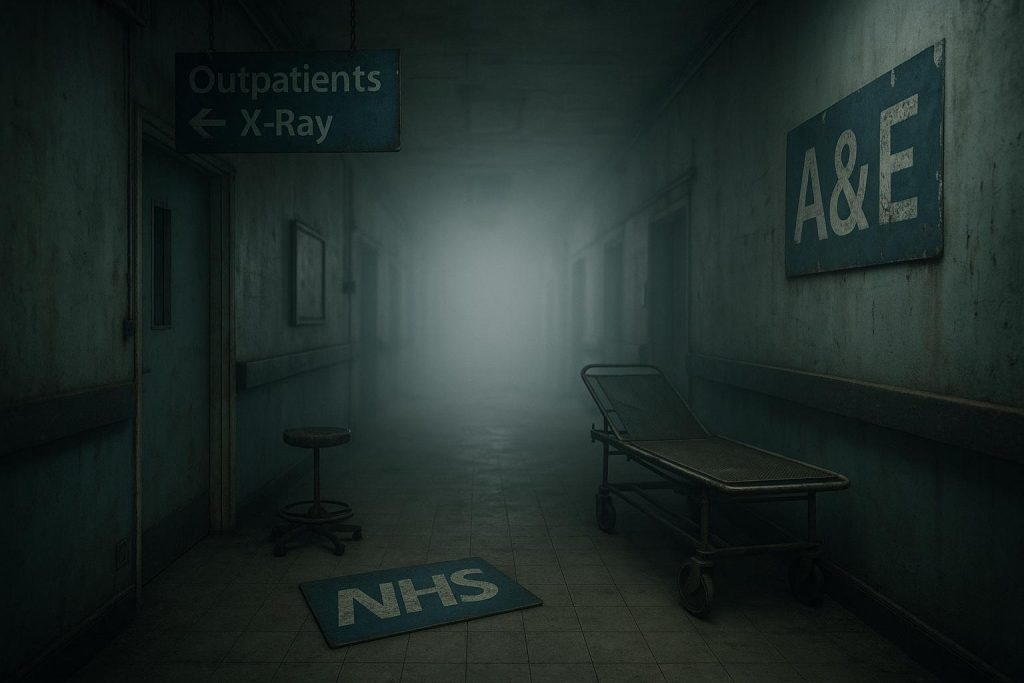Chancellor Rachel Reeves declines a £1 billion emergency NHS budget boost sought by Health Secretary Wes Streeting, as the government proceeds with a major overhaul involving 18,000 redundancies, sparking debate over the NHS’s future sustainability.
Chancellor Rachel Reeves has declined Health Secretary Wes Streeting’s request for an emergency £1 billion boost to the NHS budget intended to cover the costs of mass redundancies. This decision marks a significant setback for Streeting, who has been lobbying intensively within Whitehall for additional funds to support the planned job cuts involving around 18,000 personnel across England’s integrated care boards (ICBs).
Instead of an outright new allocation, the Treasury has permitted the Department of Health and Social Care (DHSC) to overspend its existing budget by roughly £1 billion in the current financial year. However, this arrangement carries the expectation that the DHSC’s funding will be reduced correspondingly in 2026-27, effectively meaning there is no net increase in spending over time.
The redundancy programme underpins a major organisational overhaul of the NHS in England, with the 42 integrated care boards tasked with slimming down their operations by roughly half their combined workforce of 25,000 staff. Originally planned for completion by the end of December, this process had stalled amid disputes over who should bear the cost of severance packages. The funding impasse also affects employees set to lose jobs as NHS England is set to be dissolved and merged with the DHSC by 2027.
NHS leadership last month outlined to ministers a need for an additional £3 billion this year, citing not only redundancy payouts but also industrial action by junior doctors and unexpected rises in drug prices. The Treasury reportedly offered a compromise: providing extra funds for redundancies if the DHSC absorbed the increased medication costs. However, negotiations broke down, as the financial burden of medicines has proved substantial.
Streeting is poised to formally announce the progression of the care board redundancy scheme at the NHS Providers annual conference in Manchester. He will present the job cuts, described as the elimination of “18,000 administrative posts”, as a key measure to reduce bureaucracy and cut NHS expenses by £1 billion annually by 2029, purportedly preserving frontline services.
While the DHSC has confirmed that “funding arrangements have been agreed with HM Treasury and will be from within the existing funding settlement,” it emphasised that investment in NHS frontline and support services will not be reduced. Jim Mackey, NHS England’s chief executive, welcomed the announcement, suggesting it will provide greater certainty for staff affected by the restructuring.
Nevertheless, the move has drawn criticism from unions representing NHS managers. Jon Restell from Managers in Partnership highlighted the distress caused by the government’s months of delay and expressed concern about job losses among staff with crucial digital and planning skills. He warned this could jeopardise continuing healthcare and other vital care board functions, undermining the government’s stated 10-year health strategy.
The broader context of this funding decision comes amid other fiscal pressures on public services. For example, the Metropolitan Police Commissioner Sir Mark Rowley recently clashed with Chancellor Reeves over police funding, warning that inadequate budgets would force difficult choices about which crimes to prioritise. Meanwhile, Reeves has announced a substantial £29 billion annual increase in the NHS budget in the wider spending review, aiming to deliver promised improvements in public services, though many voters feel that benefits are yet to materialise.
In summary, the government’s approach to NHS redundancy funding reveals a tightening fiscal stance that balances immediate overspending against future budget reductions, reflecting wider pressures on public sector finances and sparking debate over the sustainability and impact of the ongoing NHS reforms.
📌 Reference Map:
- [1] The Guardian – Paragraphs 1-10
- [2] The Guardian – Paragraphs 2, 3
- [3] Evening Standard – Paragraphs 4, 5
- [4] Evening Standard – Paragraph 6
- [5] Sky News – Paragraph 7
- [6] Evening Standard – Paragraphs 4, 5
- [7] Evening Standard – Paragraph 6
Source: Noah Wire Services
Noah Fact Check Pro
The draft above was created using the information available at the time the story first
emerged. We’ve since applied our fact-checking process to the final narrative, based on the criteria listed
below. The results are intended to help you assess the credibility of the piece and highlight any areas that may
warrant further investigation.
Freshness check
Score:
8
Notes:
The narrative is recent, published on 11 November 2025. The earliest known publication date of substantially similar content is 11 November 2025. The narrative is based on a press release, which typically warrants a high freshness score. No discrepancies in figures, dates, or quotes were found. No earlier versions show different information. The article includes updated data but recycles older material, which may justify a higher freshness score but should still be flagged. No republishing across low-quality sites or clickbait networks was identified. No similar content appeared more than 7 days earlier.






